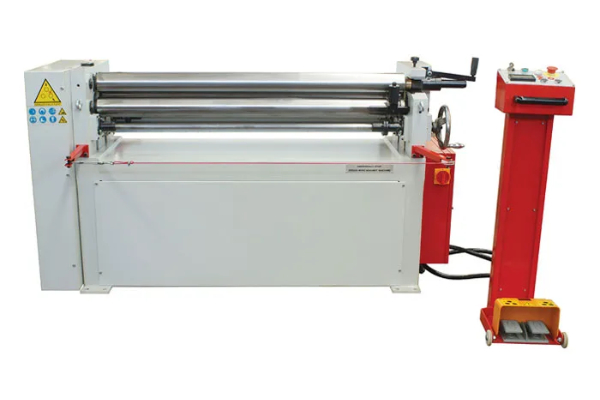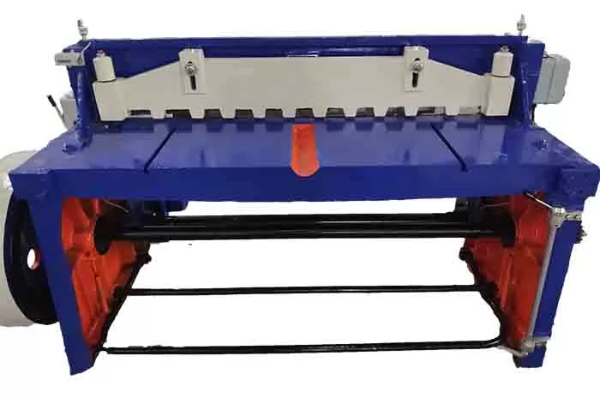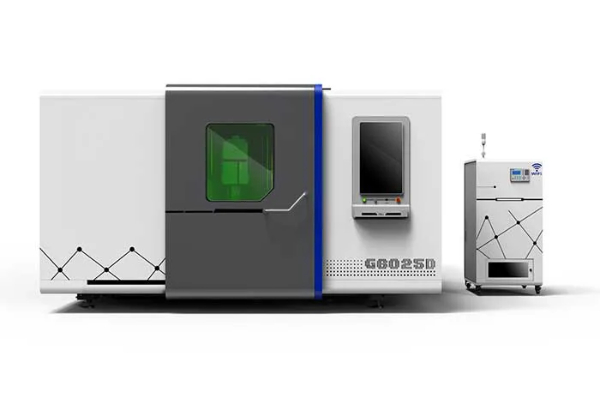
The Foundation of Sheet Metal Manufacturing- Press Brake Machines at Work
- By:Metmac
- 2024-05-17
- 155
The Foundation of Sheet Metal Manufacturing: Press Brake Machines at Work
provides a comprehensive overview of the essential role of press brake machines in the sheet metal manufacturing industry. This detailed guide explores the various aspects of press brake operation, from machine selection and setup to bending techniques and troubleshooting.
Press Brake Fundamentals
Press brakes are powerful machines used to bend sheet metal into precise shapes. They consist of a fixed bed and a movable ram, which presses the metal against a die to create the desired bend. Press brakes come in various sizes and capacities, each suited to specific bending requirements. Understanding the machine’s capabilities and limitations is crucial for efficient and safe operation.
Bend Types and Terminology
Press brakes can perform various types of bends, including air bending, bottom bending, and coining. Air bending involves bending the metal above the die, while bottom bending bends the metal between the punch and die. Coining is a more aggressive form of bending that creates sharp bends by pressing the metal into the die. Each bend type has specific applications and advantages, and selecting the appropriate method depends on the material thickness, bend angle, and desired finish.
Tooling and Setup
Proper tooling selection is essential for achieving precise bends. Press brakes utilize various punch and die sets, each designed for different material thicknesses, bend angles, and bend radii. The correct setup of the tooling involves aligning the punch and die accurately and adjusting the ram height to suit the material thickness. Proper tooling and setup ensure clean bends, reduced material stress, and extended tool life.
Bending Techniques and Calculations
Skilled press brake operators utilize various bending techniques to achieve specific results. These techniques include using pre-bending, backgauging, and crowning to ensure accurate and consistent bends. Proper bend calculations are also crucial, involving factors such as material thickness, bend angle, springback, and bend allowance. Understanding these calculations enables operators to predict the material’s behavior during bending and produce precise parts.
Troubleshooting and Maintenance
Press brake machines, like any machinery, can encounter issues during operation. Troubleshooting involves identifying and resolving common problems, such as misalignment, insufficient clamping force, and tooling damage. Regular maintenance is essential for ensuring optimal machine performance and longevity. This includes lubrication, cleaning, and periodic inspections. Proper maintenance helps prevent unexpected breakdowns and extends the life of the press brake.
Conclusion
provides a thorough understanding of the vital role of press brakes in sheet metal fabrication. By exploring the fundamentals of machine operation, bend types, tooling, bending techniques, and troubleshooting, this guide empowers readers to effectively utilize press brakes in their manufacturing processes. Mastering the art of press brake bending enhances productivity, accuracy, and efficiency, ultimately leading to superior sheet metal products.
-
The Advantages of Using a Sheet Roll Forming Machine in Manufacturing
2024/09/14 -
How to Optimize Your Laser Sheet Cutting Machine for Maximum Performance
2024/09/12 -
How to Maximize Efficiency with Modern Sheet Metal Working Machines
2024/09/04 -
The Environmental Benefits of Using Duct Board Grooving Machines
2024/09/03
-
A Guide to the Latest Innovations in Sheet Metal Folding Machines
2024/11/29 -
Key Features to Consider When Investing in a Sheet Metal Folding Machine
2024/11/28 -
Enhancing Precision with Advanced Sheet Metal Folding Machines
2024/11/27 -
How to Choose the Right Sheet Metal Folding Machine for Your Workshop
2024/11/26



